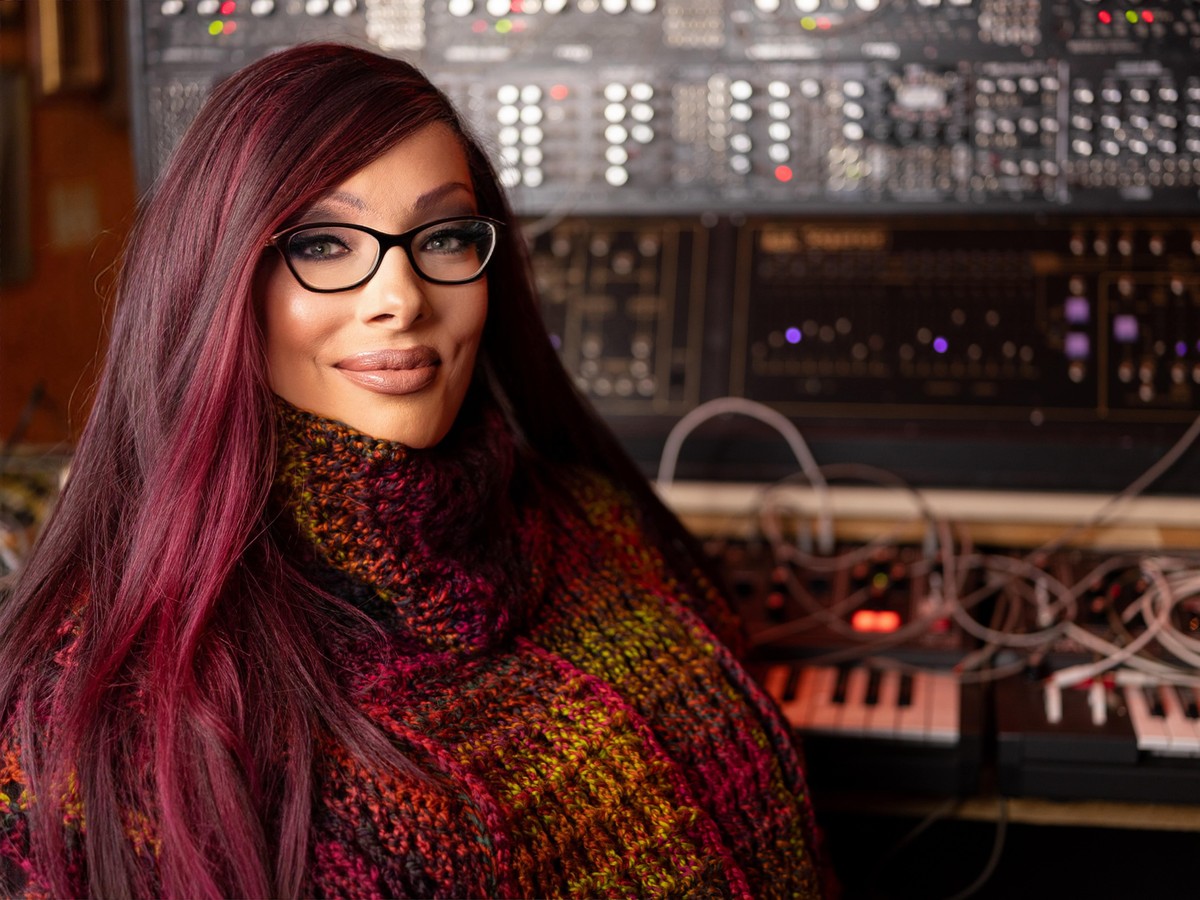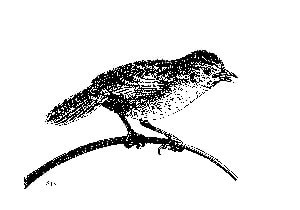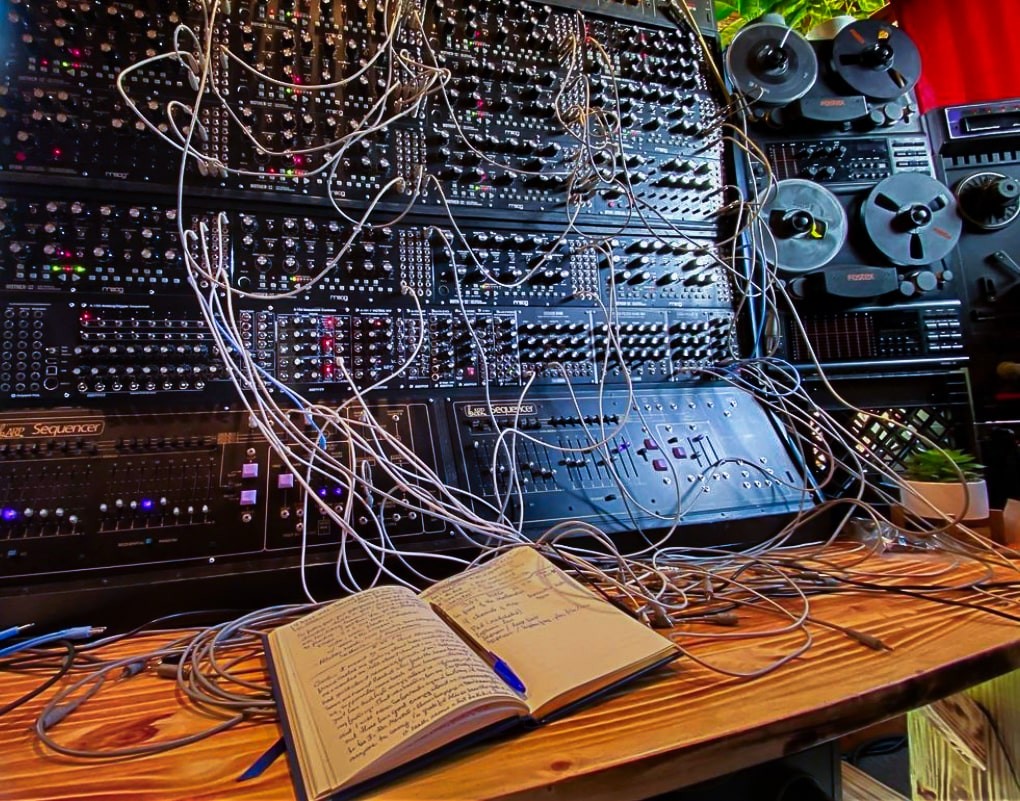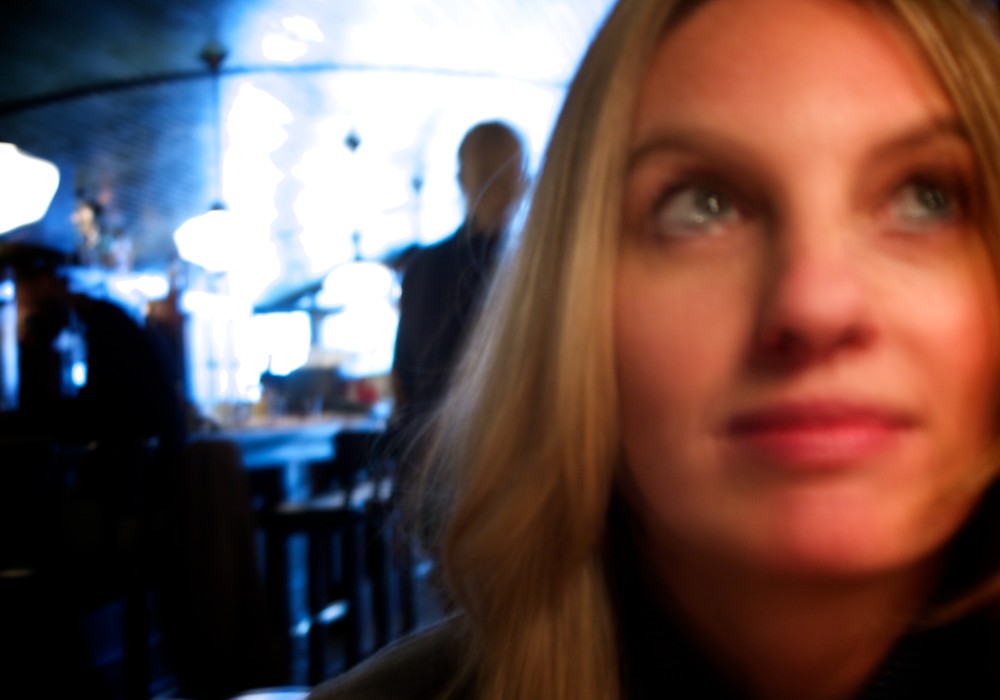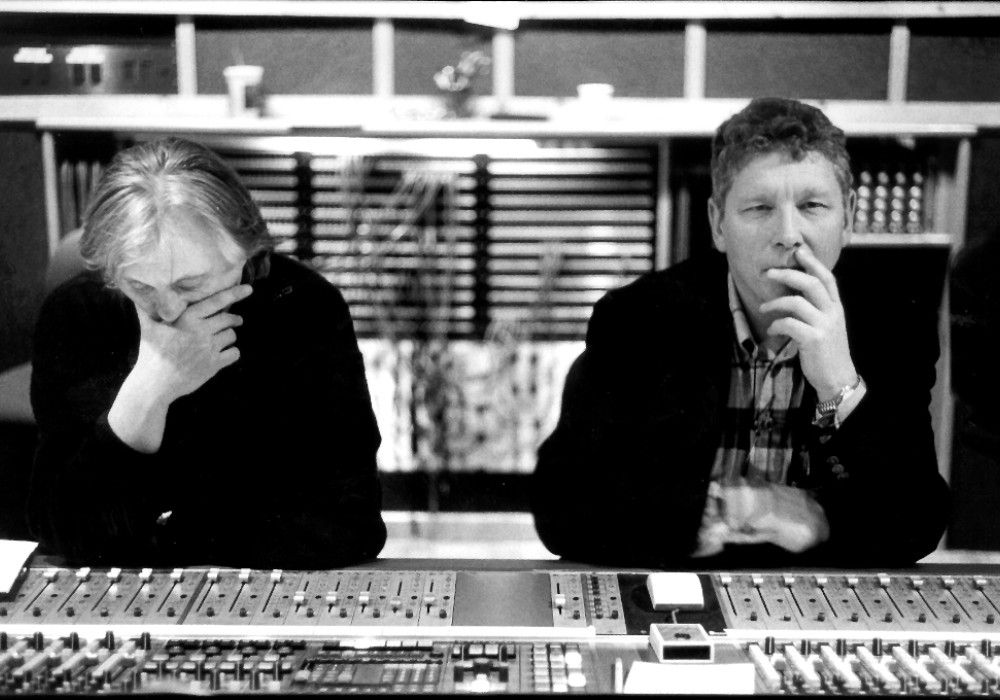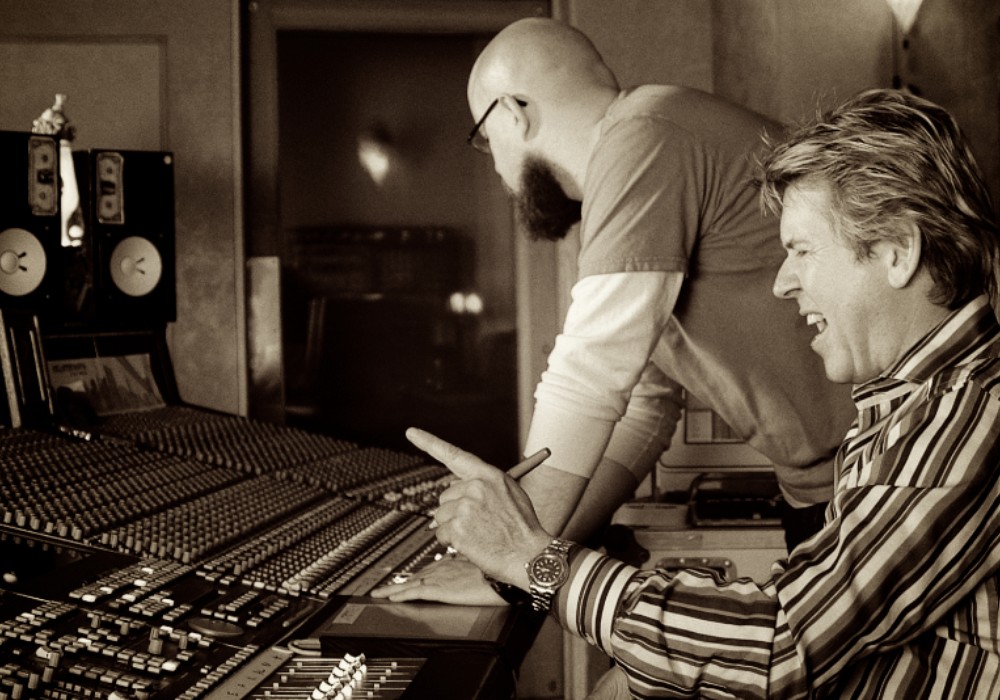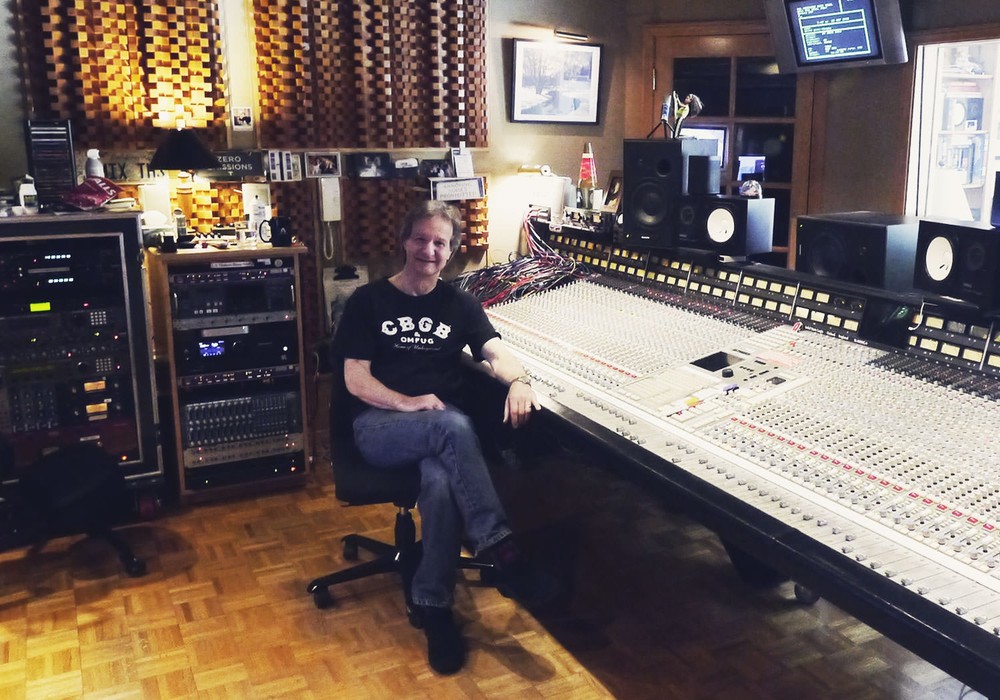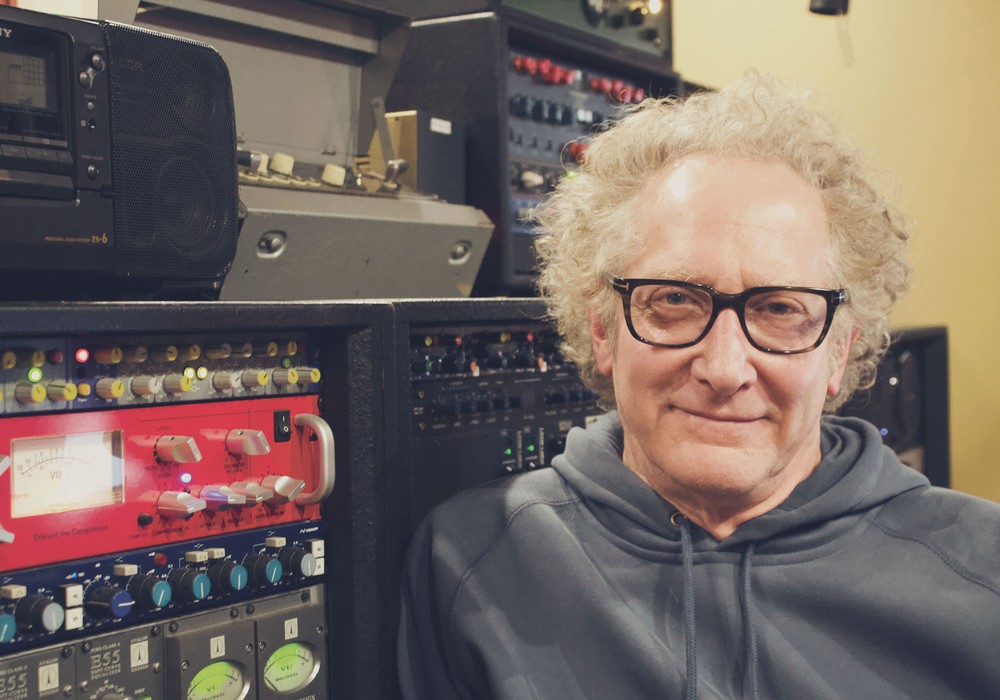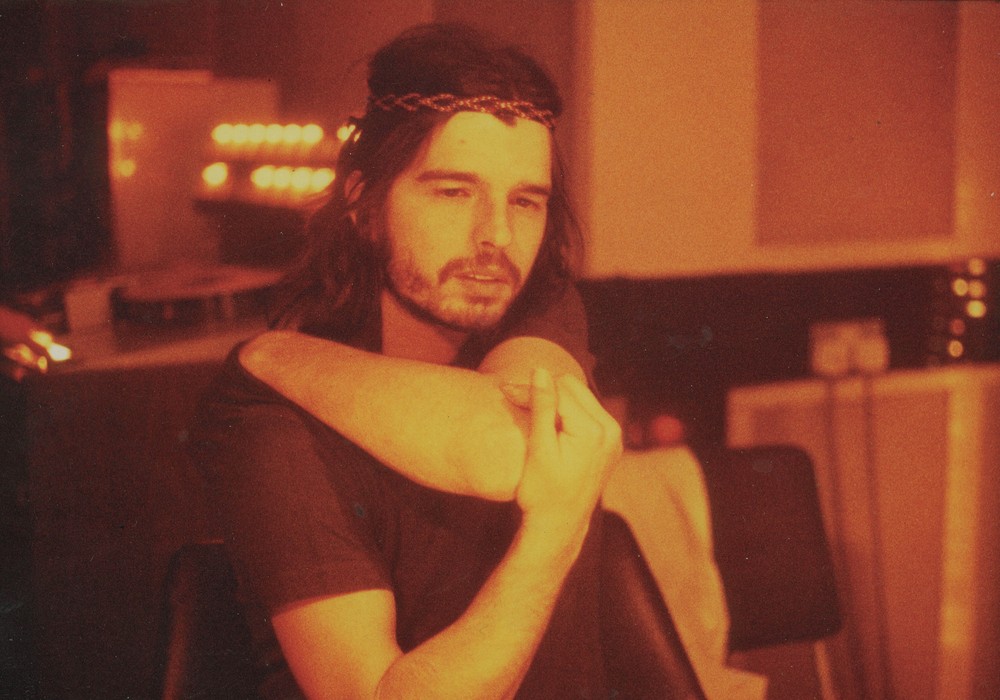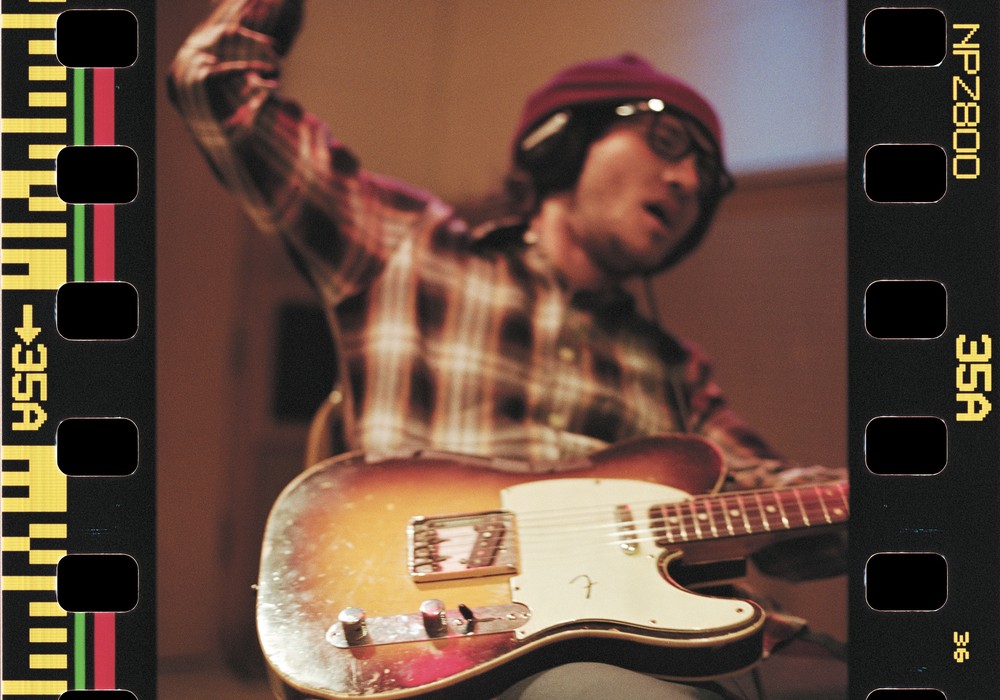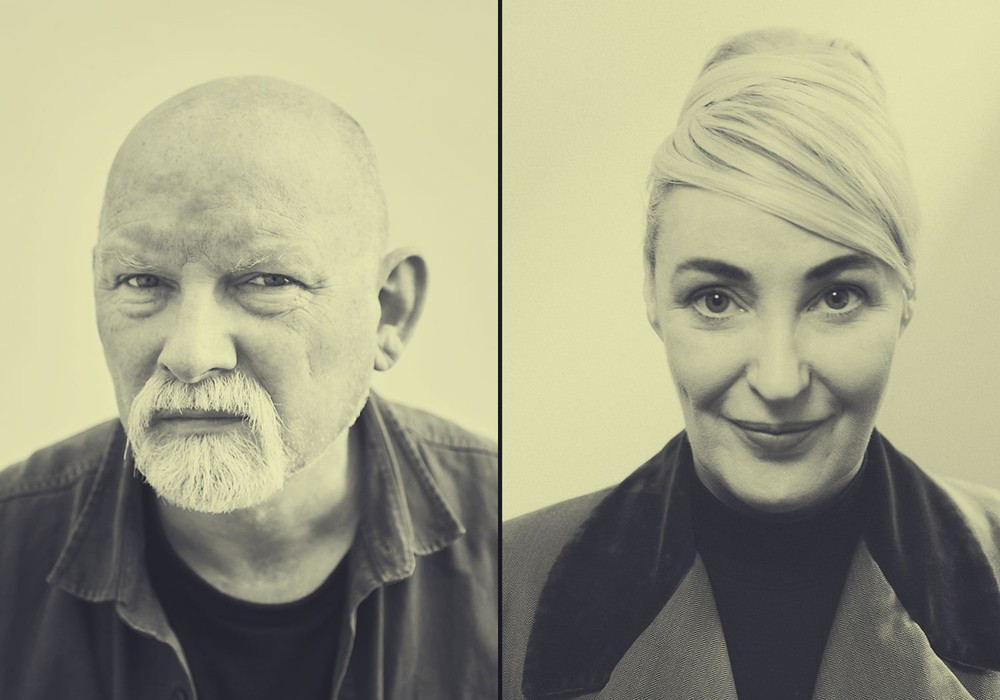You often mention “the source” in your creative process. What does that mean to you?
What's the source? Well, for me, the source is living, working, parenting, and creating in nature.
When I first started doing electronic music 30 years ago, my first studio was in a small shack in rural, West Virginia. I’ve lived in many cities since, but I didn't feel I was in tune with what was going on. Now, it’s full circle. I’ve set up shop in a wonderful location where I feel I am truly part of the source of where my intentions with electronic music unfold and evolve. My most fulfilling days of composing out here simply entail going outside, having open ears, and listening. My albums, American Watercolors and Synesthesia, were developed by exploring and learning the passageways of the woods and landscapes here. I would pack supplies for the day, then, before sunrise, I'd hike to a little camp I’ve set up in our woods and listen intently from dawn to dusk. To listen to the metamorphosis of a day out here unfolds much like a great piece of classical music. There’s so much you can learn about arrangement, musical, and sonic placement by just listening for a full day. That's the source for me, to be out here in this environment. It’s truly precious to my process.Walk me through how you play with spatial audio and transpose your rural setting.
I've always been attracted to sound and fascinated by how sound works. It's pressure, its distance, it’s space. It’s when you stop and really remove yourself from distraction; when you set out to truly release yourself to deep listening. You learn what works in real time. So many more elements unfurl clearly into view beyond just the musical idea you’re intending to harness and create. When I began working with synthesizers years ago, I began by creating in a simple musically stylistic direction. Then I moved more into 20th century atonality by exploring stereo range, width, phase, and contrast. Modular synthesizers offer an incredible celestial range, both musically and sonically. I wanted to explore something beyond that, where I could connect the listener closer to my music. I wanted to create a sonic space, an electronic wilderness around my listeners so that the music would reach them in a different way. As if the music was a response to the stereo landscape. Over time, I developed this process where I would venture out with these big notebooks. I would take them and use them to record everything that I would hear while exploring throughout the many areas of Appalachia. On one half of the notebook, there would be a selection of frequency graphs to record audio data, including duration, amplitude, modulation, position, panning, and distance. On the other side I would have musical staves, a keyboard all along the bottom of the page with its assigned frequency number. Then I’d included another column for notes so that I can connect these different elements with a compositional intention. I’d explore, hike, and sometimes canoe to a location, set up camp, then listen to each specific environment for hours. I’d implement a stopwatch and a compass to help pinpoint information I heard traveling throughout the valleys and channels. Pitch, repetition, modulation time, modulation shape, and so on. I would experiment with quantizing that information to the value of the nearest semitone, then translate those calculations into musical dictation. Those would become arrangements and orchestrations for other instruments, and of course modular synthesizers.
How do you translate your experience in the woods back into the studio?
My studio is small and cozy, but I have custom-built large format 5U modular synthesizer cabinets that go all the way around the entire studio. All the trunk lines and outputs are wired to a patchbay that can be routed to anywhere in the studio – tape machines, HD recorders, and DAW. I have quadraphonic monitoring and mixing in the studio at any time, which allows me to listen for the kinds...


